Reopens Castello della Monica, neo-Gothic-style residence in south-central Italy
The Della Monica Castle in Teramo reopens with the exhibition La Camera delle meraviglie, which can be visited from January 21 to May 7, 2023, curated by Stefano Papetti and Antonio D’Amico. The exhibition, the first set up inside the Della Monica Castle, a prestigious neo-Gothic residence that for this occasion reopens to the public after major restoration work, is organized in synergy between the City of Teramo and the Bagatti Valsecchi Museum in Milan. For the first time, a selection of precious and unusual late-Renaissance furnishings collected in the mid-19th century by brothers Fausto and Giuseppe Bagatti Valsecchi for their home in Milan leave the museum premises to arrive in another important period residence.
Anarchitectural unicum in Central-Southern Italy for its design specificity, the Della Monica Castle was conceived and built by the artist Gennaro Della Monica, an architect, sculptor and painter who lived at the turn of the 19th and 20th centuries, and who wanted it as his personal home and the seat of his studio. Placed on the hill of San Venanzio, which overlooks the town, this artist’s dwelling, the construction of which began in 1889, follows the turn-of-the-century fashion that is related to the neo-Gothic taste, characterized by a return to the medieval style. A rare project not so much for its architectural and ornamental construction details as for the realization of the small urban expansion of the existing town, which the artist sought to render decadent, as if corroded by the passage of years. The stylistic choice to evoke medieval art fits into the European climate of the Gothic Revival: an intent that links the painter Della Monica to the two brothers Fausto and Giuseppe Bagatti Valsecchi. Starting in the 1880s, in fact, the two Milanese barons devoted themselves to the renovation of the family mansion located in the heart of Milan, now at the center of the fashion quadrilateral, with the aim of creating an ecclectic Renaissance residence. At the same time, the two brothers began collecting fifteenth- and sixteenth-century paintings and artifacts of applied art in order to set them up in their home so as to create a dwelling inspired by sixteenth-century Lombard homes. Gennaro Della Monica, with his patron, the Hungarian Count Teleky, stayed in Lombardy where he got to know the main exponents of the Scapigliatura artistic group. Therefore, it cannot be ruled out that, on this occasion, Della Monica met or learned about the collecting interests of the Bagatti Valsecchi brothers.
The exhibition presents a selection of furnishings usually displayed in the House Museum’s itinerary: furnishings, armor, finely decorated and carved chests, and ivory caskets form a true Wunderkammer. Among the objects to be admired in the Della Monica Castle are some valuable artifacts related to the history and art of Abruzzo and the Kingdom, such as the Poplar Wood Chest made in the last years of the 15th century that features a convex lid, the result of a 19th-century reconstruction. The wooden furniture is richly decorated in gilded and painted pastille with the Sienese coat of arms of the Piccolomini family. Refined is the small gilded copper box set with coral forming plant decorations on the frame, and in rays on the lid. The casket, of Sicilian manufacture, perhaps from Trapani, can be dated to the seventeenth century because of the decoration, which was particularly widespread on the island in that century.
The exhibition itinerary is enriched by other precious and unusual caskets that adorn the Chamber of Wonders, such as the one made of wood and ivory with plant and spiral decorative elements, probably used in the liturgical sphere and datable to the mid-17th century, covered on the inside with red paper decorated with plant and animal motifs embossed in gold. Also encountered are the small ebony and bone chest characterized by a unique marqueterie decoration, typical of a craft production that developed in the second half of the 14th century in the central Italian area, particularly Tuscany; the copper chest covered with blue and white enamels with refined gold ornaments, which falls within the group of objects referred to 15th-15th century Venetian production; the fascinating cup composed of a shell grafted onto a gilded copper support, with a circular base and an etched profile, traced by critics to the goldsmith culture of the sixteenth century and the early years of the following century; the rare burnished steel justice mask, modeled with the features of a middle-aged bald man, composed of two conjoined parts produced in northern Europe, probably in Germany or England, at different times, and then assembled into a single artifact in the 19th century; and the male suede hat of Italian manufacture, datable to the mid-16th century.
Finally, the sixteenth-century armor evokes the whimsical usage of nobles who loved to make their journeys to unknown lands or to their high-ranking friends with whom they wore armor during lavish celebratory feasts.
The exhibition is accompanied by a catalog published by Rrose Sélavy Editore with essays by the two curators, Stefano Papetti and Antonio D’Amico, complemented by an examination of the architectural history of the castle compiled by Francesca Tottone and historical-critical fact sheets on the objects in the exhibition compiled by Aurora Ghezzi.
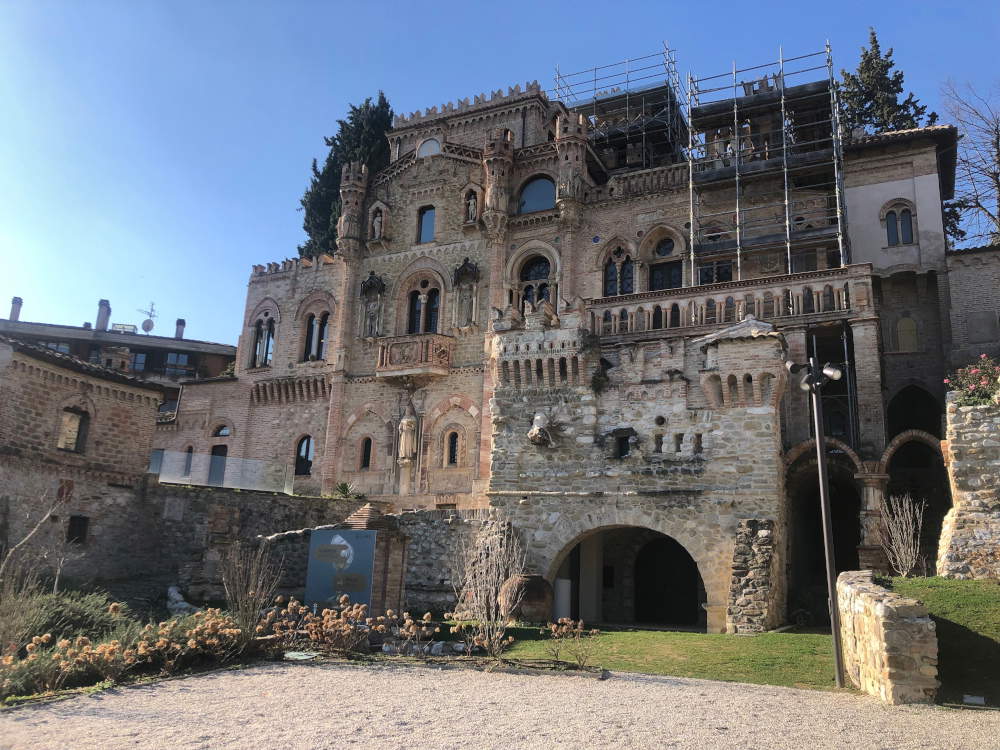
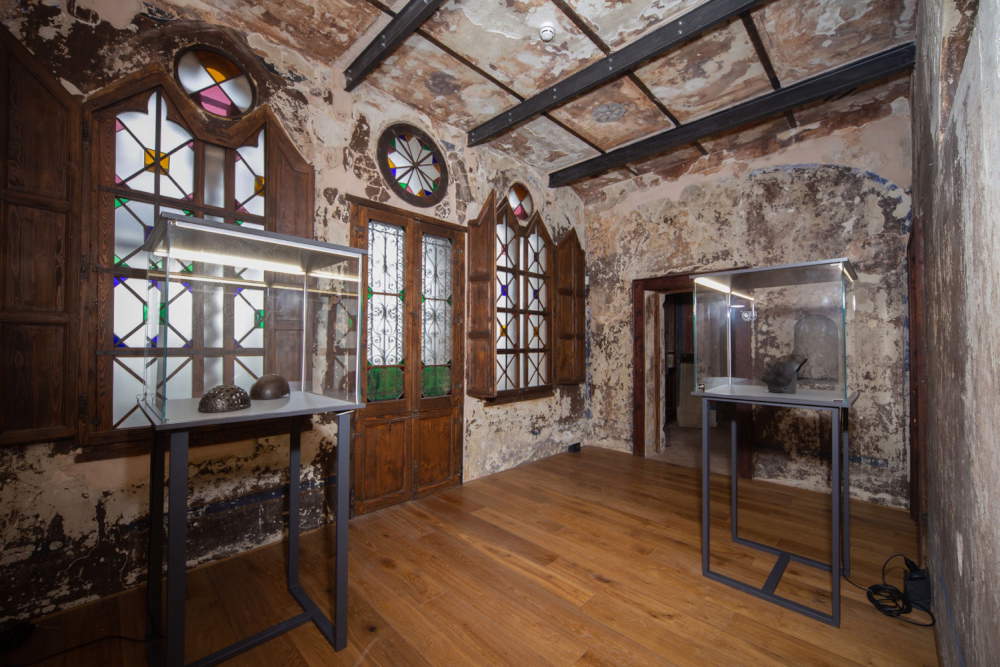
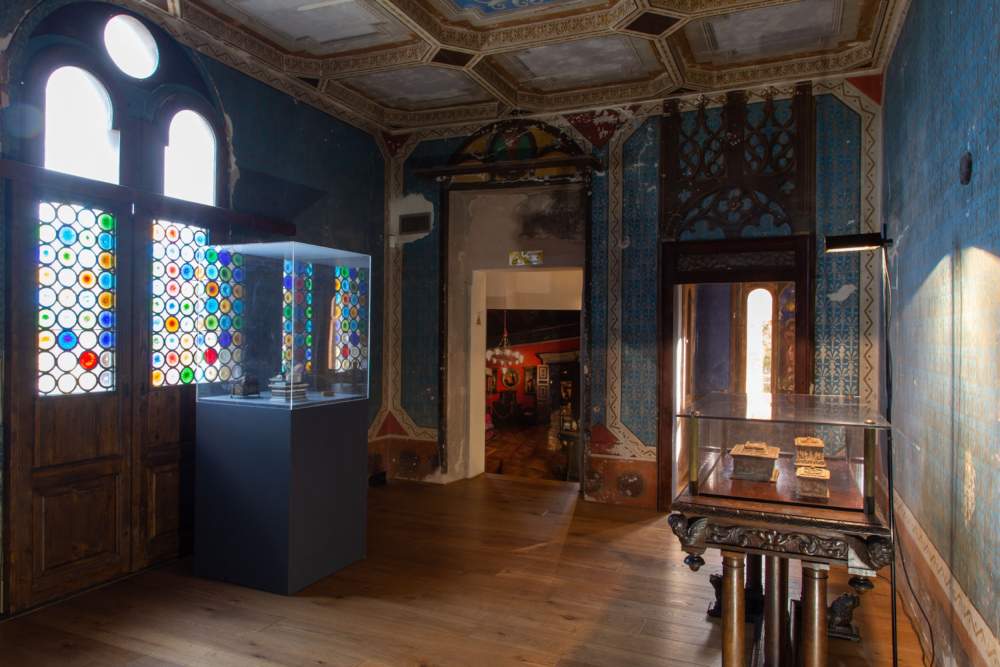
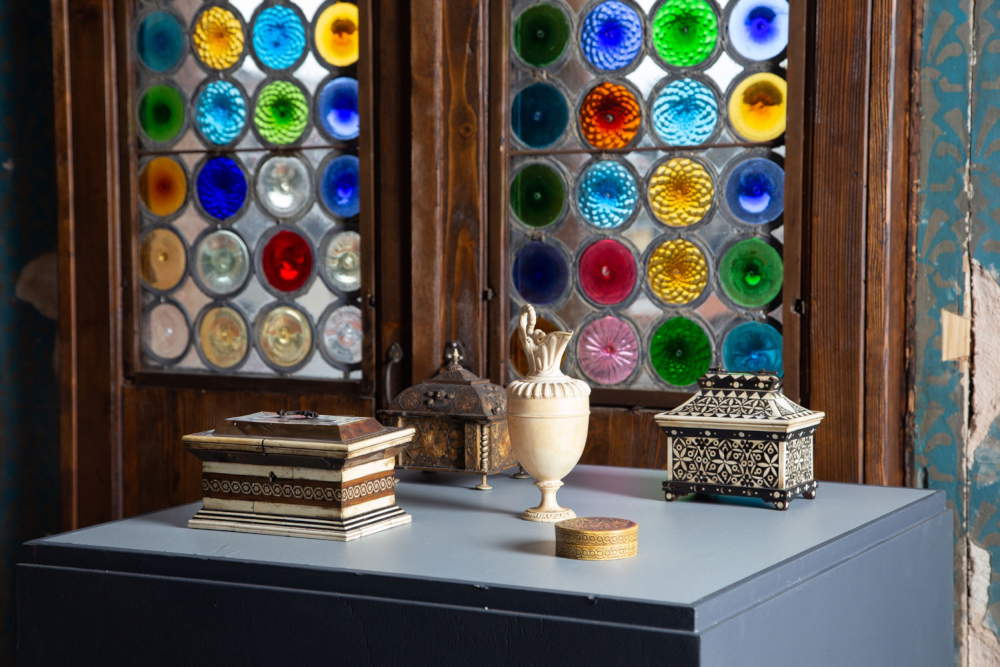
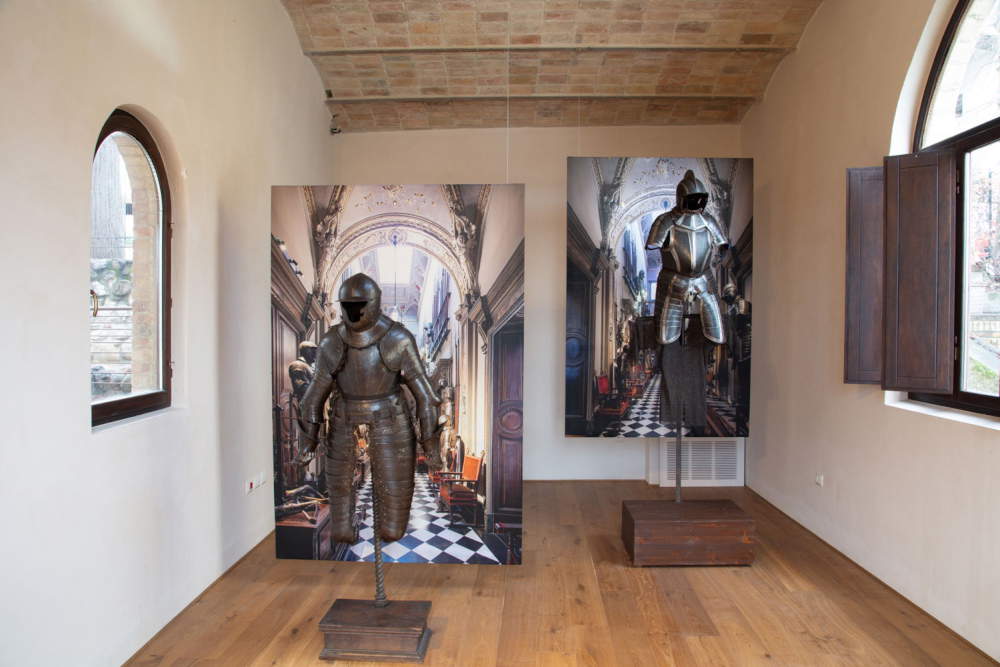
 |
| Reopens Castello della Monica, neo-Gothic-style residence in south-central Italy |
Warning: the translation into English of the original Italian article was created using automatic tools. We undertake to review all articles, but we do not guarantee the total absence of inaccuracies in the translation due to the program. You can find the original by clicking on the ITA button. If you find any mistake,please contact us.




























